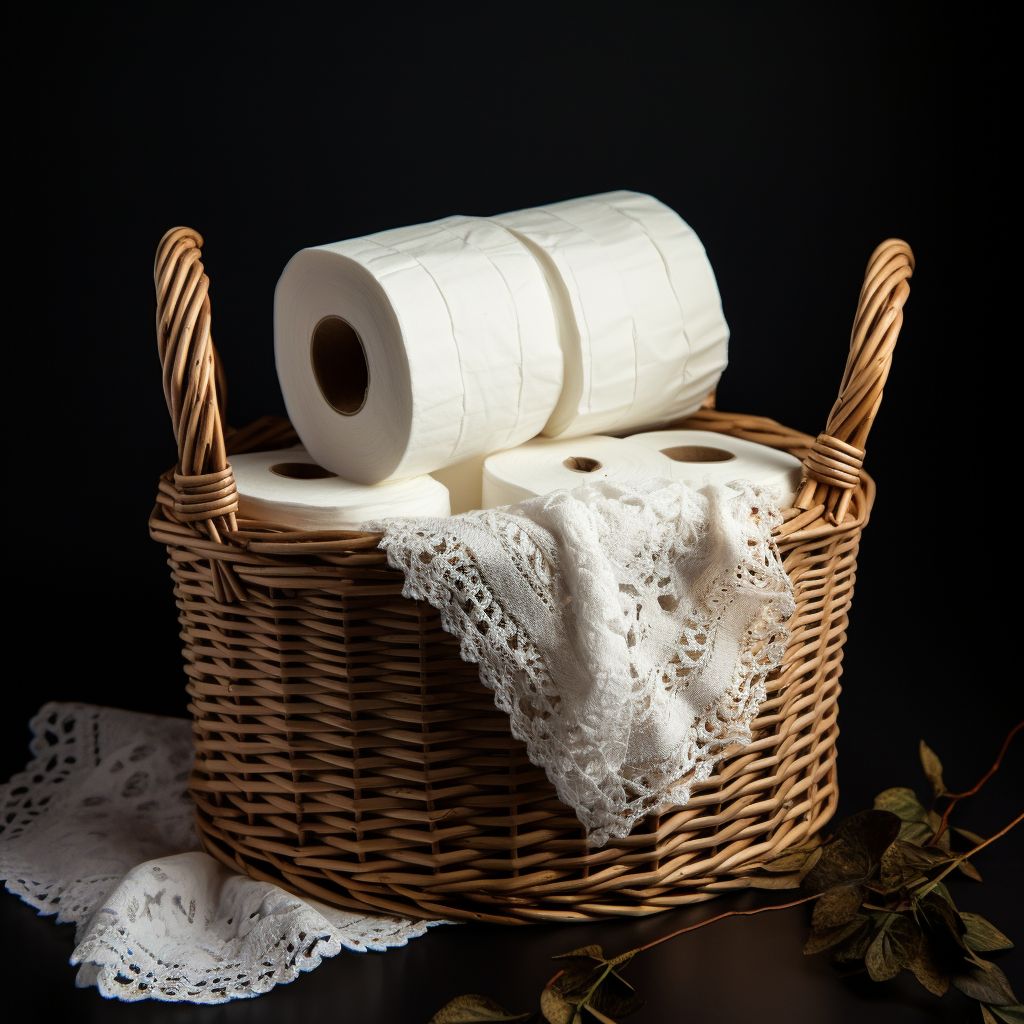
White has long been associated with cleanliness and purity in many cultures around the world. This perception is deeply ingrained in our minds, and we tend to associate white with hygiene. As a result, white toilet paper is often seen as the most sanitary choice for personal hygiene.
When we see white toilet paper, it gives us the visual assurance that it is clean and free from impurities. This psychological effect contributes to the continued popularity of white toilet paper.
Bleaching Process
The bleaching process is a crucial factor in determining the color of toilet paper. Toilet paper is typically made from wood pulp, which is naturally brown or beige. To achieve the pristine white color that consumers expect, manufacturers use a bleaching process. Chlorine dioxide, oxygen, or hydrogen peroxide are commonly used to bleach the pulp and remove any remaining color.
This bleaching process not only whitens the paper but also helps to eliminate bacteria and other potential contaminants, enhancing the product’s hygiene and safety.
Versatility
Another reason for the prevalence of white toilet paper is its versatility. White toilet paper can be used in various settings, from households to commercial establishments and public restrooms. Its neutral color fits well with a wide range of bathroom décor and doesn’t clash with existing color schemes.
Additionally, white toilet paper is less likely to leave visible residue or lint behind, which is important for maintaining the cleanliness of bathroom fixtures and clothing.
Consumer Expectations
Consumer expectations play a significant role in the color choice of toilet paper. Over time, white toilet paper has become the industry standard, and consumers have come to expect it. Many people associate colored or patterned toilet paper with lower quality or discomfort, even though this may not always be the case.
Conclusion
The whiteness of toilet paper is not merely a matter of tradition; it’s deeply rooted in historical, psychological, and practical factors. White toilet paper is perceived as clean and hygienic, and its production involves a bleaching process that ensures its purity. Versatile and meeting consumer expectations, white toilet paper has become the norm in households and public restrooms worldwide. So, the next time you reach for a roll of white toilet paper, you’ll have a better understanding of why it’s the prevailing choice for many.
